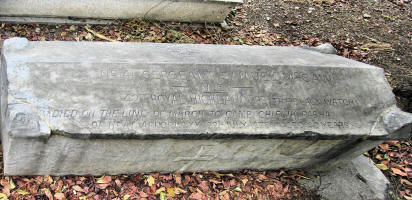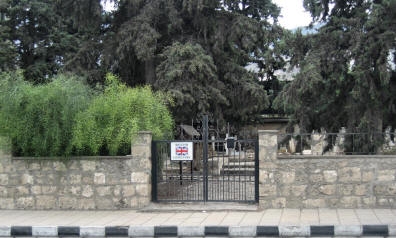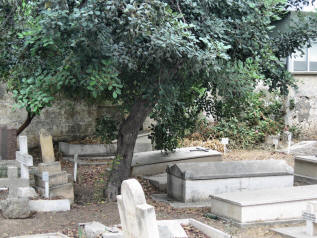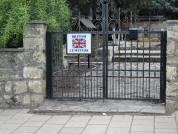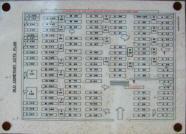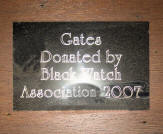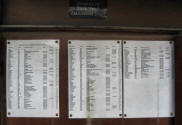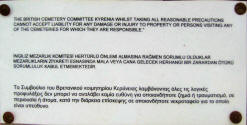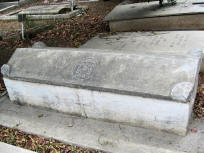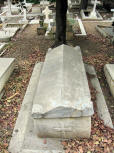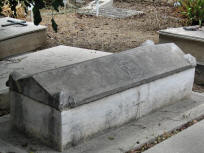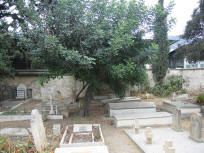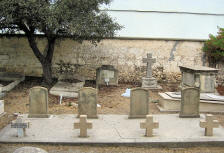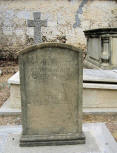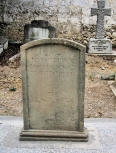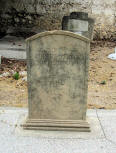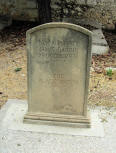|
||
|
SERGEANT SAMUEL McGAW. VICTORIA CROSS, 42nd ROYAL HIGHLANDERS. THE BLACK WATCH.
At twenty years of age on the 15th August 1857 Samuel enlisted in the 42nd Royal Highlanders in Glasgow, his trade at that time was given as mason and he was described as having blue eyes; fresh complexion and fair hair.
On the day before his enlistment Samuel's Regiment had sailed from Portsmouth for service in India where the Mutiny had broken out. Samuel was probably drafted to his Regiment the following year (1858) in which case he would have taken part in the Seige and Capture of Lucknow (March 1858); the Attack on Fort Rooyah (15th April 1858); the Battle of Bareilly (5th May 1858) and the Battle of Sissaya Ghaut (15th January 1858).
By March 1859 the Mutiny had been suppressed and two years later whilst still in India, on 12th September 1861 the name "Black Watch" was added to the Regiment's title.
Over the next few years Samuel was promoted and demoted on at least two occasions but managed to attain the rank of Sergeant and was again reduced to Private in 1865. This however did not deter him from pursuing his military career for on 20th February 1867 whilst stationed in Peshawar with his initial engagement due to expire, he re-engaged as a Private for a further term of service.
On 12th January 1868 after various postings in India, Samuel sailed with his Regiment for Scotland having served with them in India for nine years. On arrival in Edinburgh he was promoted to Corporal but by June some three months later he was again reduced to Private and by the end of the year (1868) the Regiment had been posted to Aldershot from where whilst on leave to Kilmarnock, Samuel on 21st December 1870 married a widow Mrs Ann Stalker, the daughter of William Clarkson, a former soldier in the 74th Regiment (2nd Battalion the H. L. I. ) and Agnes Brown. Two years later he had again been promoted to Corporal and the following year (1873) he had attained the rank of Lance Sergeant.
In 1872 the main port of the West African Kingdom of Elmina was transferred from Dutch to British control thus ending the annual payments made by Holland to King Kofi Karikara for use of the port. As a result of this the King of Ashanti (Ghana) sent his troops across the border in 1873 to attack the friendly tribes of the British Protectorate of the Gold Coast where very few British troops were stationed. Urgent reinforcements were required and amongst these were the 42nd Highlanders. The Black Watch who sailed from Portsmouth on 3rd December 1873, arriving in the Gold Coast ten days before Christmas.
Soon after the New Year they set off for Coomassie (Kumasi) the capital of Ashanti 150 miles inland. During their advance many small difficult actions were fought but the main action of the campaign was at the Ashanti town of Amoaful where Lance Sergeant McGaw although severely wounded early in the initial attack led his section through the dense thorny bush and engaged the enemy several times during the day. For his conduct throughout the battle Samuel McGaw was later awarded the Victoria Cross, one of four awarded during the Ashanti Campaign.
The following month King Karikara agreed to sign a peace treaty and the 42nd Highlanders arrived back in .Portsmouth on 23rd March 1874 having spent less than four months in the Gold Coast. The Regiment remained in Portsmouth for the next eight months and whilst stationed there Sergeant McGaw was Gazetted on 28th March 1874 as having been awarded the Victoria Cross for action at the Battle of Amoaful. On 18th April he was presented with his award by Her Majesty Queen Victoria at Osborne Castle, Isle of Wight.
The following month whilst on leave in Kilmarnock he received a Presentation and Testimonial signed by dignitaries and people of the town in recognition of his bravery. From Portsmouth Samuel was again posted overseas to Malta on 14th November 1874.
From Malta the Regiment moved to Cyprus where they disembarked at Larnaca on 22nd July 1878, and set off for Camp Chiflik Pasha that same day. Whilst on the march to the camp Sergeant McGaw died of heat stroke. He was buried close to where he had died and a wooden marker was set up to mark the spot. His burial service was done by the Commanding Officer Colonel Wauchope as the Regimental Chaplain was not available to conduct the service.
Some three years later, Commissioner of Kyrenia, Colonel Scott Stevenson formerly of the Black Watch, learned that the Greek farmer who owned the land on which Sergeant McGaw was buried , had removed the wooden grave marker and had ploughed the land over the grave. Colonel Stevenson traced the site of the grave, exhumed the remains and placed them in a coffin which was taken to Kyrenia where covered with a Union Flag and carried by six Turkish Zaptiehs it was reburied in the English Cemetery. After the funeral Mrs Scott Stevenson decorated the grave with wreaths of passion flowers and jasmine. The grave was then marked with an ancient sarcophagus and is alongside the graves of other members of the Regiment who died in the campaign.
|
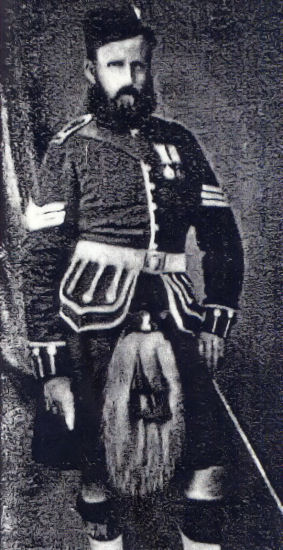 Samuel
McGaw was born in 1837 in Kirkmichael Village, Ayrshire, the eldest
son of William McGaw and his wife Sarah Thomson. Samuel was one of a
family of five sons, one of whom died in infancy and three sisters
all born in Kirkmichael Village. Sometime after 1853 the family
moved to Kilmarnock where the father was employed as a labourer in
the Railway Works.
Samuel
McGaw was born in 1837 in Kirkmichael Village, Ayrshire, the eldest
son of William McGaw and his wife Sarah Thomson. Samuel was one of a
family of five sons, one of whom died in infancy and three sisters
all born in Kirkmichael Village. Sometime after 1853 the family
moved to Kilmarnock where the father was employed as a labourer in
the Railway Works.